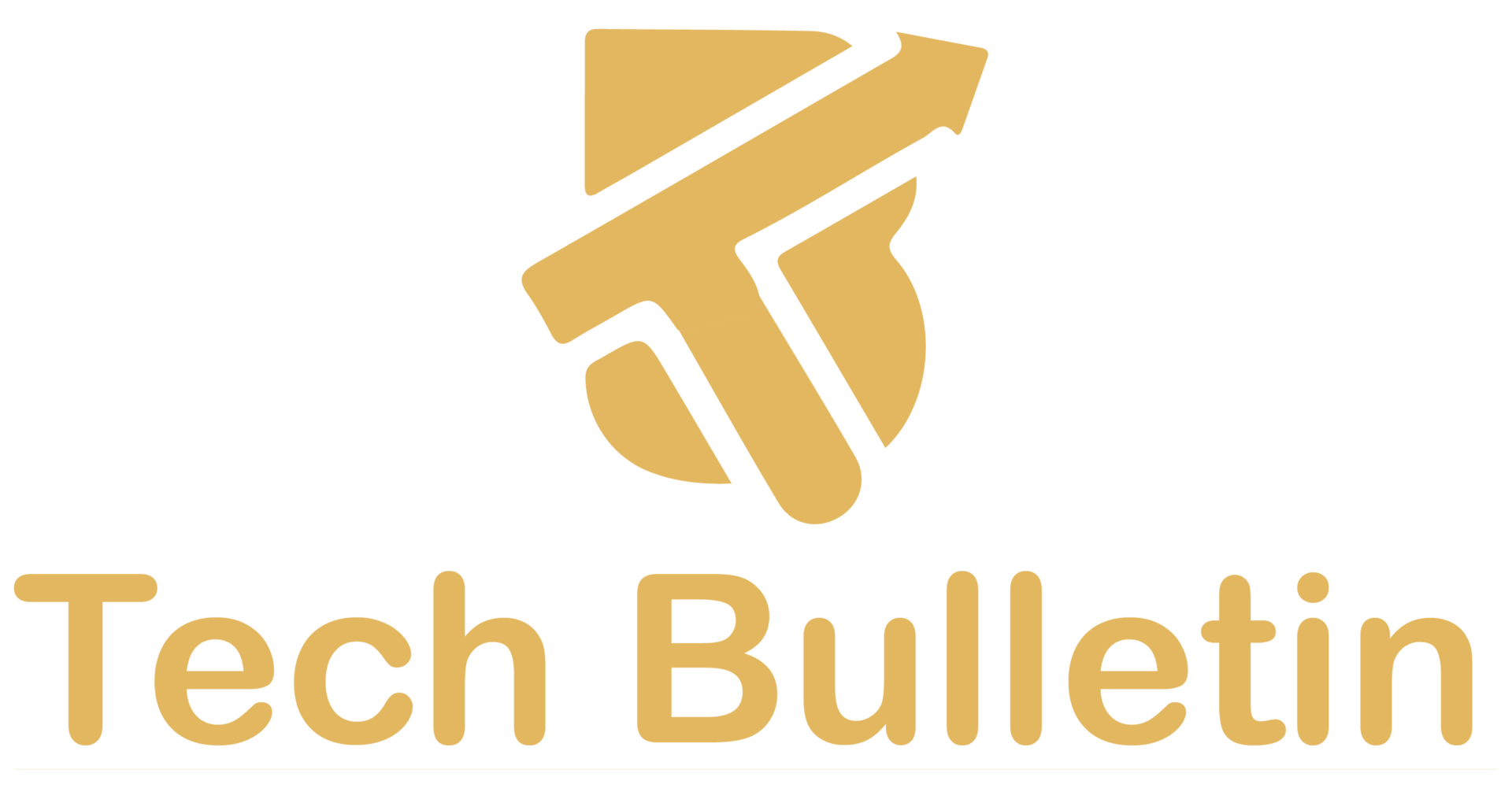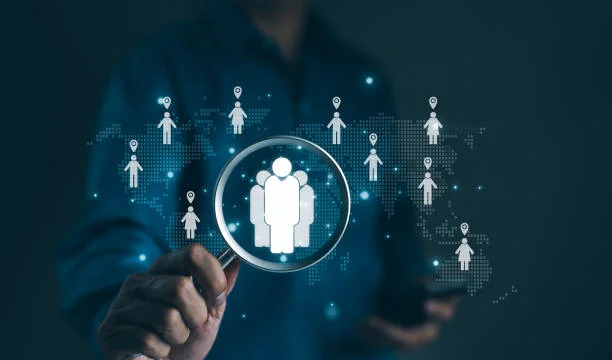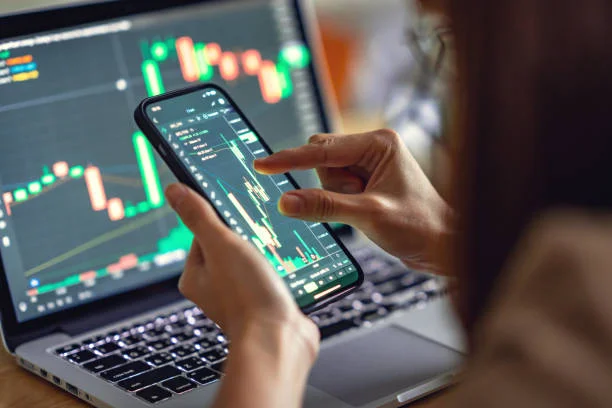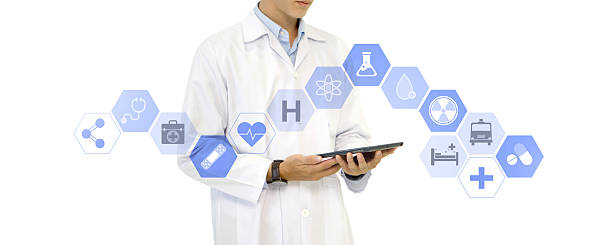Is there a difference between artificial intelligence and robots?

Robotics and Artificial Intelligence are frequently confused as to whether they are the same. Or whether one is a subset of the other? Let’s examine the distinction between robotics and artificial intelligence in more detail.
The difference between artificial intelligence and robots processes is becoming increasingly hazy. As a result of recent developments in both fields, confounding people. There is no ambiguity for those of us who work with AI.
We shall examine artificial intelligence, robotics, and their differences in more detail in this guide. Let’s start.
What is the difference between artificial intelligence and robots?
Robots and artificial intelligence (AI) are two closely linked but separate technological ideas. They frequently cooperate, although they have diverse functions and special qualities. Let’s examine how these two ideas vary from one another
Artificial intelligence
AI is the computerization of human intelligence. Allowing the latter to carry out operations that ordinarily call for human intelligence. AI systems are capable of processing information, learning from mistakes, comprehending context, and adapting to changing circumstances.
Replicating human cognitive processes including learning, thinking, problem-solving, and decision-making is the aim of artificial intelligence (AI).
Artificial intelligence’s main characteristics are:
- Learning Abilities
AI systems can learn from data and gradually enhance their performance. Subsets of AI called machine learning and deep learning concentrate on building models that can make predictions or judgments.
- Adaptability
AI is capable of changing how it behaves in response to environmental changes or new knowledge. This flexibility is essential for AI to continue to be useful and efficient.
- Natural Language Processing
AI systems can comprehend and produce human language, allowing them to communicate with users through spoken or written interfaces.
Cognitive Skills
AI can examine big datasets and draw patterns that people would find difficult to identify. In industries like healthcare, banking, and research, this is very helpful.
- Problem-Solving
AI systems are capable of solving complicated issues by taking many factors and circumstances into account. They can refine solutions based on predetermined objectives.
Robots
Robots are actual machines or equipment that are created to carry out particular activities independently or somewhat autonomously. Robots can be designed to carry out activities autonomously or under human control. Frequently with the use of sensors, actuators, and computer programs.
Key Robotic Features
- Physical Presence
Robots have a physical presence that allows them to interact with the real world, in contrast to AI. They are capable of movement, item manipulation, and action in actual surroundings.
- Execution of activities
Robots are created to carry out certain activities, such as production, assembly, exploration, and healthcare. They can be trained to perform laborious or hazardous jobs that would be difficult for humans to complete.
- Sensory Perception
For robots to understand their environment, many of them are outfitted with sensors like cameras, microphones, and touch sensors. They may now acquire data and base their judgments on it to make informed decisions.
- Autonomy
Robotic autonomy refers to a machine’s ability to function without continual human supervision and to make decisions and complete tasks. Depending on their programming and how difficult the task is, they may have some autonomy.
- Interaction between Humans and Advanced Robots
Socially suitable robot-human interactions are a goal of advanced robotics. This entails listening to verbal orders, identifying facial emotions, and working with people in different contexts.
Examples of AI and Robots
A virtual personal assistant, like Apple’s Siri or Amazon’s Alexa, is an example of AI. These assistants employ AI algorithms to recognize and carry out speech requests.
A robot that uses AI for navigation and obstacle avoidance. A robotic Hoover cleaner, similar to the Roomba, cleans a space while physically doing so.
Artificial intelligence and robot interaction
To build intelligent robotic systems, AI and robots frequently work together. An autonomous drone, for instance, may use AI algorithms to navigate. And avoid hazards while making judgments in real-time depending on its environment.
In a similar vein, a humanoid robot conversing with people may do so using natural language processing supported by AI. The potential for AI and robotics to revolutionize industries and enhance numerous facets of human existence is increased by this interaction.
We hope now you understand the difference between artificial intelligence and robots. But for more clarity, we give a short overview of robots vs artificial intelligence.
Artificial Intelligence vs. Robots: Unveiling the Distinctive Frontiers
The realms of technology have ushered in a new era of innovation. And giving rise to concepts that once existed solely within the realms of science fiction. Two such concepts that have captured the imagination of the world are artificial intelligence (AI) and robots.
While often used interchangeably, artificial intelligence and robots are distinct in their essence, functionality, and impact on society. In this article, we have delved into the nuanced differences between artificial intelligence and robots.
Conclusion
In conclusion, Robots and artificial intelligence, in general, set off on different technological paths. We described above the difference between artificial intelligence and robots. Focused on giving robots cognitive characteristics including learning, reasoning, and problem-solving, artificial intelligence is mostly used in the digital sphere.
On the other hand, robots operate in the physical environment, carrying out duties and interacting with the actual world.
To truly appreciate the breadth of these ideas’ influence and the transformational potential they represent. One must be able to distinguish between them.







